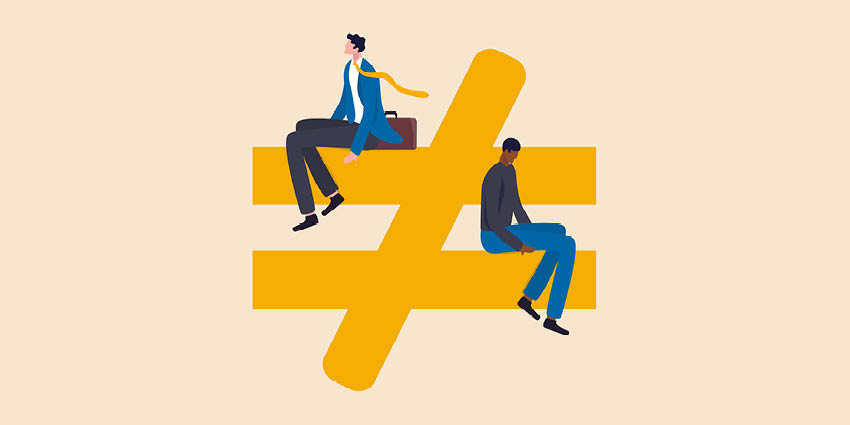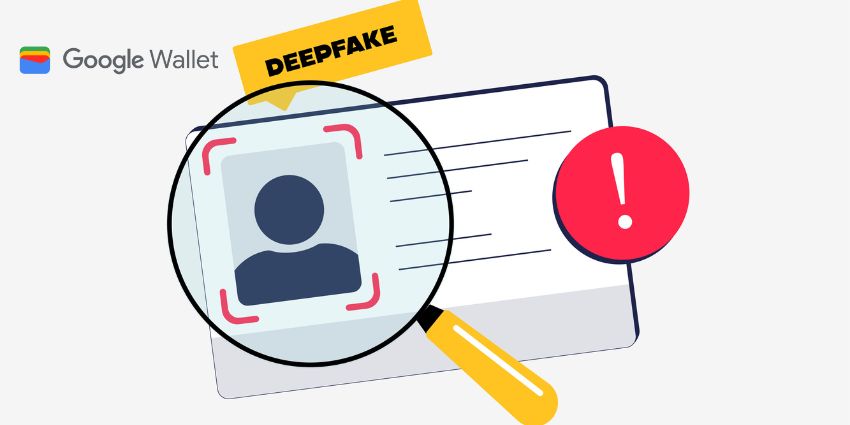Whether they buy an item online, travel across the world, or apply for a mortgage, consumers go on a journey when they do business with a company.
Often, the journey starts with an advertisement, recommendation, or internet search. Typically, it ends with the successful delivery of goods, online review, or the customer leaving a brick-and-mortar shop.
The journey that customers take – from start to finish – is the customer experience (CX). Customer service is a mere facet of that, where consumers receive support that improves their journey.
As such, there are many differences between customer experience and service, as highlighted below.
1. Customer Service Is a Single Touchpoint In the Customer Experience
Customer service is the function that customers look for when they get stuck on their journey. After receiving support, the customer experience continues, yet the service part is over unless the customer comes across another friction within CX.
Generally, customer service happens after a sale. However, it can also sometimes occur before. For example, a shop assistant can support a customer that is considering their buying options.
2. Customer Service Is Actively Provided By a Human or AI Agent
A customer service interaction is a two-way street involving the customer at one end and an agent at the other. The agent could either be a human contact center agent or a virtual assistant communicating with the customer through automated voice or chat. Also, there is self-service, but the organization has to set up and continually update self-service portals to meet the customer needs.
On the other hand, CX does not require the presence of an agent. Consider the experience of airline passengers. When they browse tickets online, take off, and pick up their luggage, they are not receiving customer service, but they are on the CX path.
3. Customer Service Is Often a Consequence of a Broken Experience
Typically, customers wish to enjoy as effortless of an experience as possible. As such, they have little desire to phone a contact center or engage with a shop assistant.
However, they often have no choice and need to resolve a failure caused by a pain point within the customer experience. So, by designing and delivering more seamless customer experiences, companies can lower their dependence on customer service.
4. Customer Service is Easier to Measure Than Customer Experience
Since customer service consists of tangible, isolated interactions, it is easier to quantify and measure. Yet, customer experiences are much harder to quantify. They are a cumulative result of every encounter between the customer and the brand (or its representatives) throughout the end-to-end customer journey. Consequently, CX metrics like customer satisfaction, effort, and net promoter score will vary significantly across the customer journey.
How Are Customer Service and CX Related?
While different, customer service and CX have crossovers. For example:
- Customer service is part of the larger customer experience strategy – The quality of service is sometimes central to the overall CX, as it forms an impression about the brand, its capabilities, and its values. Many brands often try to differentiate their CX by providing better service than competitors.
- Customer service influences CX – By engaging with customers during service interactions, agents can influence and improve CX. For instance, speedy problem resolution by a knowledgeable and attentive agent will leave a positive impression on the customer and drive better CX.
- There is some technology overlap between customer service and CX – As companies increasingly digitalize their customer-facing functions, some tools are essential for service delivery and CX. Self-service portals, journey analytics, and proactive messaging tools are excellent examples.
Discover more about CX and how it is changing by watching our video: Customer Experience in the Year Ahead







